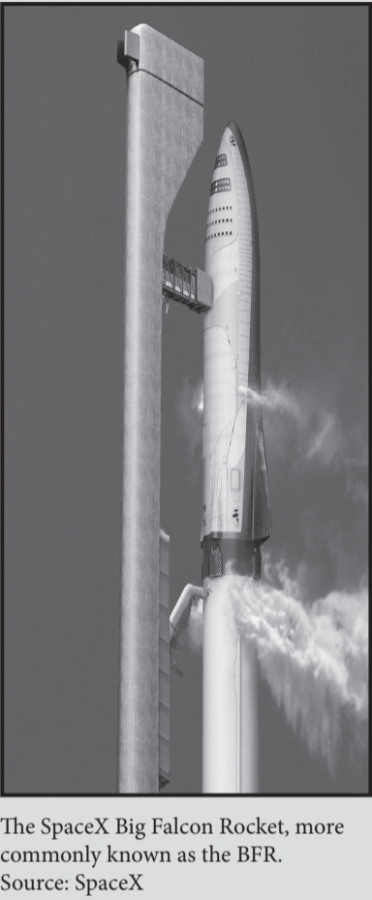Space Far Gone: Will Man Return To The Moon
January 10, 2019
With the rise and fall of NASA’s constellation program, from 2005 to 2009, planning to send men back to the moon by 2020, and recent SpaceX rocket launches, it’s proper to talk about why men haven’t been sent to the moon any time recently.
The Apollo era of rockets marked its end with the Saturn V rocket in 1967, the final of which was launched in 1973, marking the end of the space race. NASA planned to have ten space landings, but never achieved that goal for a few reasons, largely due to the public’s disapproval of making more rockets.
The cold war eased greatly by 1970, and since the Americans won the space race, there was no longer any competition to go to space. Without competition, the American people didn’t wish to keep spending government dollars on rockets. A survey in 1970 showed people believed that the rush to the moon represented misplaced priorities. The importance of being on the moon for scientific purposes wasn’t clear to the people either, since the scientific benefits didn’t affect the public’s daily lives.
After the summer of Apollo 11, a U.S. survey showed that a majority of Americans couldn’t remember Neil Armstrong or Buzz Aldrin’s names. Americans never forgot the event, but it still wasn’t important enough to remember the people who were a part of it.
United States culture changed in the late 60’s too. Space age values passed, interest in the scientific process, fascination with technology were replaced with skepticism and fear of technology and the changes it brings, along with its dangerous possibilities. An anti-rationalism movement began to take hold in the meantime. People wanted answers from religion rather than science, which only hurt the Apollo program, with less and less people believing that what they were doing was morally okay. Not to mention the State’s involvement in the Vietnam war. The U.S. was much more preoccupied with sending a few hundred thousand men to Vietnam, along with funding weaponry. this, combined with the disagreement of the people, meant that the resources required to get us back up to the moon just didn’t exist anymore. Needed amounts of fuel and parts become more and more costly, and NASA would need to save up over time to have the money for more space launches, which they were using on other projects.
Now it’s left to wonder if humans will set foot on the moon again in the future. The answer is likely yes, with an increasing 2018 NASA budget of $20 billion, it appears that NASA may eventually once again have the money to send humans to the moon. Non-governmental companies such as SpaceX are also likely to send humans to the moon and even mars before 2030, with successful rocket launches every year, and fuel cell landings saving money and parts for future launches.


